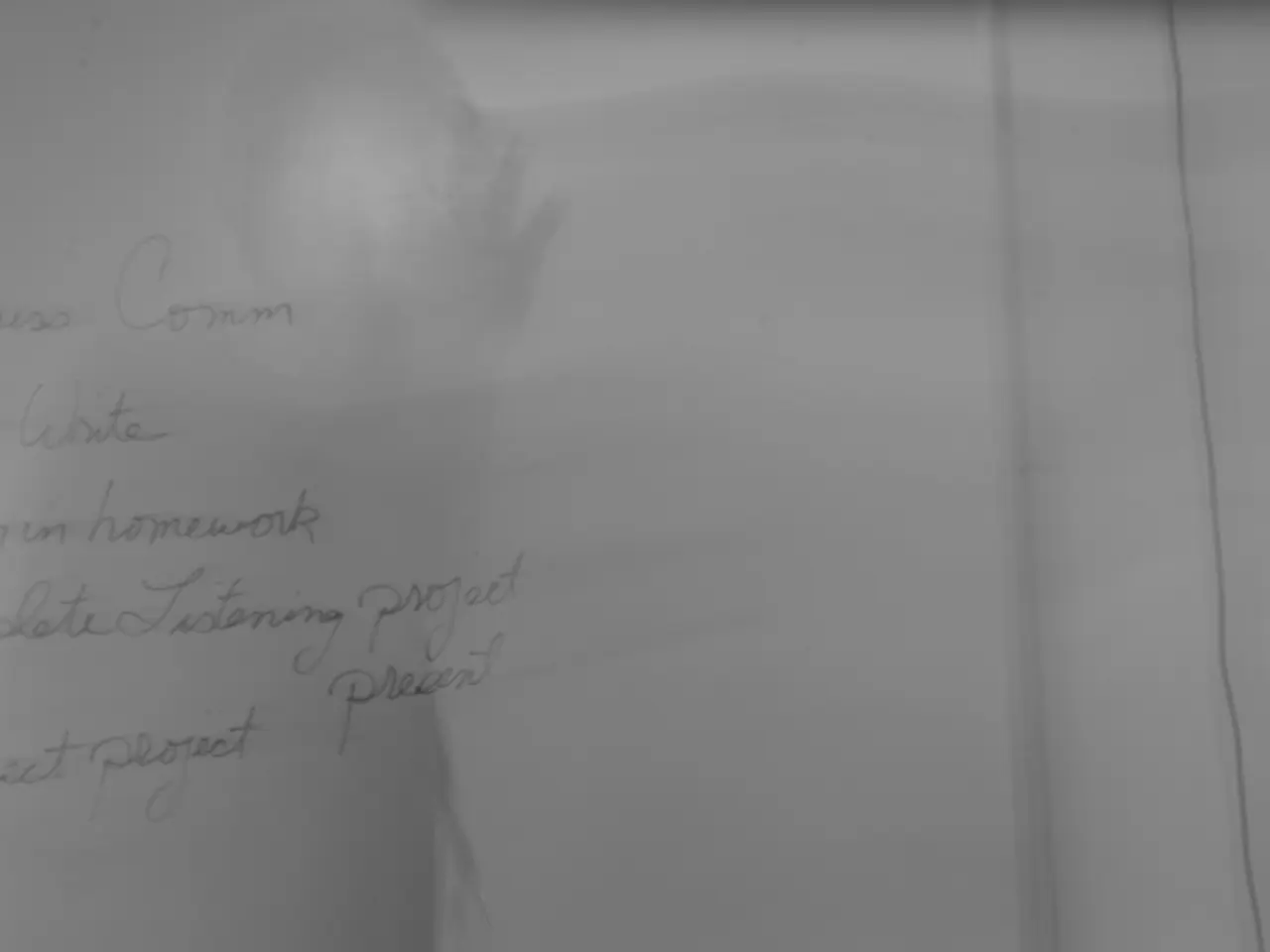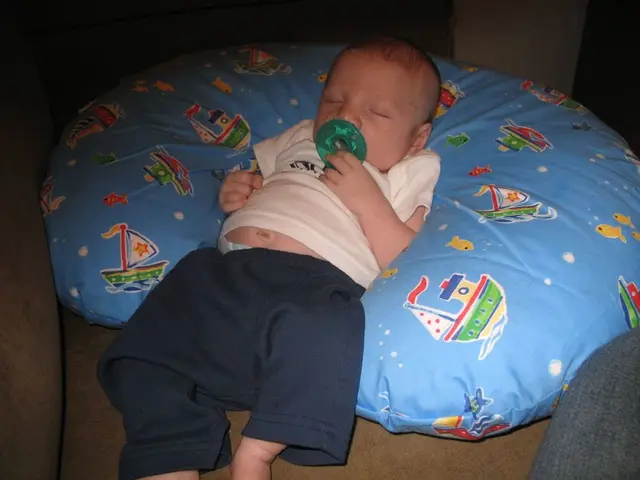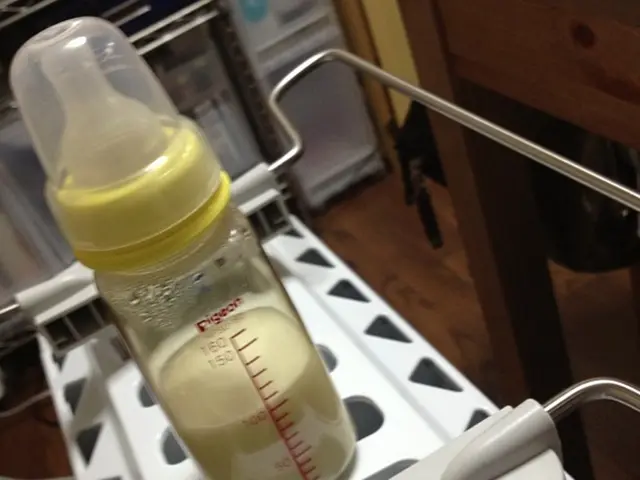Domestic Violence Model: The Power and Control Theory
The Power and Control Wheel, developed by the Domestic Abuse Intervention Project (Duluth Model) in 1984, is a powerful tool used to illustrate the various tactics abusers employ to maintain dominance in intimate relationships through a pattern of coercion and control.
This wheel, consisting of an inner ring and an outer ring, categorizes common abusive tactics such as emotional abuse, isolation, intimidation, economic control, and physical violence. It highlights that abuse is often not just physical but involves ongoing subtle and overt behaviours used to dominate a partner.
The inner ring lists consistent ongoing behaviours that are used throughout the course of a relationship. These can include emotional abuse, such as playing mind games, gaslighting, humiliation, making someone feel bad about themselves, making them feel guilty or ashamed, putting them down in public or private settings. Economic abuse can take the form of controlling someone's finances, not allowing access to family income, not allowing someone to work outside of the home or have their own income, making threats that involve withholding food and/or shelter. Isolation tactics can involve controlling who someone is allowed to see, talk to, go, do with their free time, read, access activities outside of the home. Coercion and threats, including nonverbal looks of warning, are also tactics listed inside the inner ring.
The outer ring represents physical and sexual violence, but it's important to note that not all eight tactics have to happen for a relationship to be abusive. Some behaviours listed in the inner ring of the Power and Control Wheel can fit into more than one category. Minimizing, denying, and blaming tactics can include denying what happened, blaming their actions on someone else or external factors, minimizing the severity of what happened, making someone doubt their thoughts and feelings about what happened.
Abuse can happen to anyone, and it's important to talk about it when it's happening and not keep it inside. If you recognize signs of abuse, ask yourself if you have a healthy relationship, and if you feel comfortable and safe talking to your partner about a problem without fear of physical and/or sexual violence. Creating a safety plan can be an important part of making sure you're safe and supported if you decide to leave an abusive relationship.
The Power and Control Wheel suggests that educating the abusers and reaching this insight is needed for rehabilitation. It also highlights that at the core of domestic violence, abusers have a sense of entitlement and a belief that they should be in control.
The Power and Control Wheel is widely used by advocates, counselors, and educators as an invaluable teaching tool to increase public understanding of domestic violence and to promote healthy, equitable relationships built on respect and trust. By comparing the Power and Control Wheel with a Healthy Relationships Wheel, it guides both survivors and perpetrators toward recognizing needed changes for nonviolent, respectful partnerships.
For those experiencing abuse, it's crucial to remember that help is available. There are many online resources and crisis hotlines available for help, including the 988 Suicide & Crisis Lifeline, National Domestic Violence Hotline, and NO MORE Global Directory. Internet safety is key when trying to end an abusive relationship, using an incognito mode, a public computer at a library, or clearing your browser history can help.
References: [1] Domestic Abuse Intervention Programs. (n.d.). The Power and Control Wheel. Retrieved from https://www.theduluthmodel.org/power-control-wheel/ [2] National Coalition Against Domestic Violence. (n.d.). Power and Control Wheel. Retrieved from https://ncadv.org/resources/power-and-control-wheel [3] Futures Without Violence. (n.d.). The Power and Control Wheel. Retrieved from https://www.futureswithoutviolence.org/our-work/by-issue/womens-issues/intimate-partner-violence/power-and-control-wheel/ [4] The University of Texas at Austin. (n.d.). Power and Control Wheel. Retrieved from https://www.utexas.edu/counseling/resources/power-and-control-wheel [5] The Hotline. (n.d.). The Power and Control Wheel. Retrieved from https://www.thehotline.org/resources/power-and-control-wheel/
- Abusive tactics in relationships commonly involve emotional abuse such as playing mind games, gaslighting, or humiliation, economic control like restricting access to finances or food, and isolation like limiting social interactions or access to activities outside the home.
- In addition, the Power and Control Wheel highlights the use of coercion, threats, and psychological manipulation such as minimizing, denying, or blaming abusive actions.
- It's important to note that abuse can affect various aspects of life, including mental health, personal relationships, and career aspirations through financial control.
- On the other hand, healthy relationships are built on trust, respect, and equal partnerships, often exemplified by the Health and Wellness Wheel that focuses on communication, mutual support, and shared decision-making.




